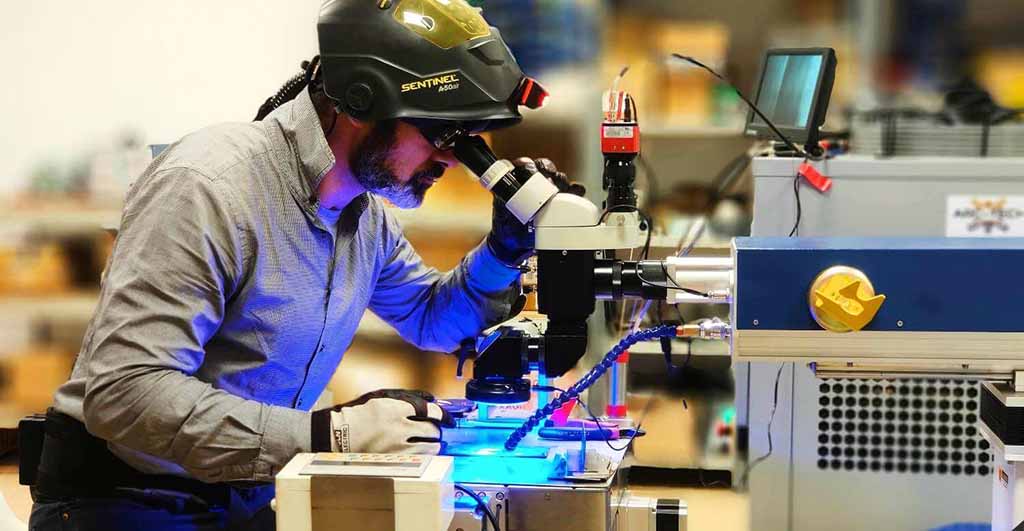MANUAL OR AUTOMATIC LASER WELDING
Easy welding technology, fast return of investment, affordable equipment.
Our fist steps in manual laser welding. A simple technology for welding and sealing of materials, from 0.5 mm or even thinner, and also for thicker material joining applications. To be used in metal fabrication, ventilation and conditioning, manufacture of metalic components,…
For sure many companies are going to benefit from laser welding technology, now at affordable cost of investment and very fast and easy return with faster and higher quality production.
Applications include repair of components that weld precision, minimum deformation and thermal affectation of the welded area are required.




